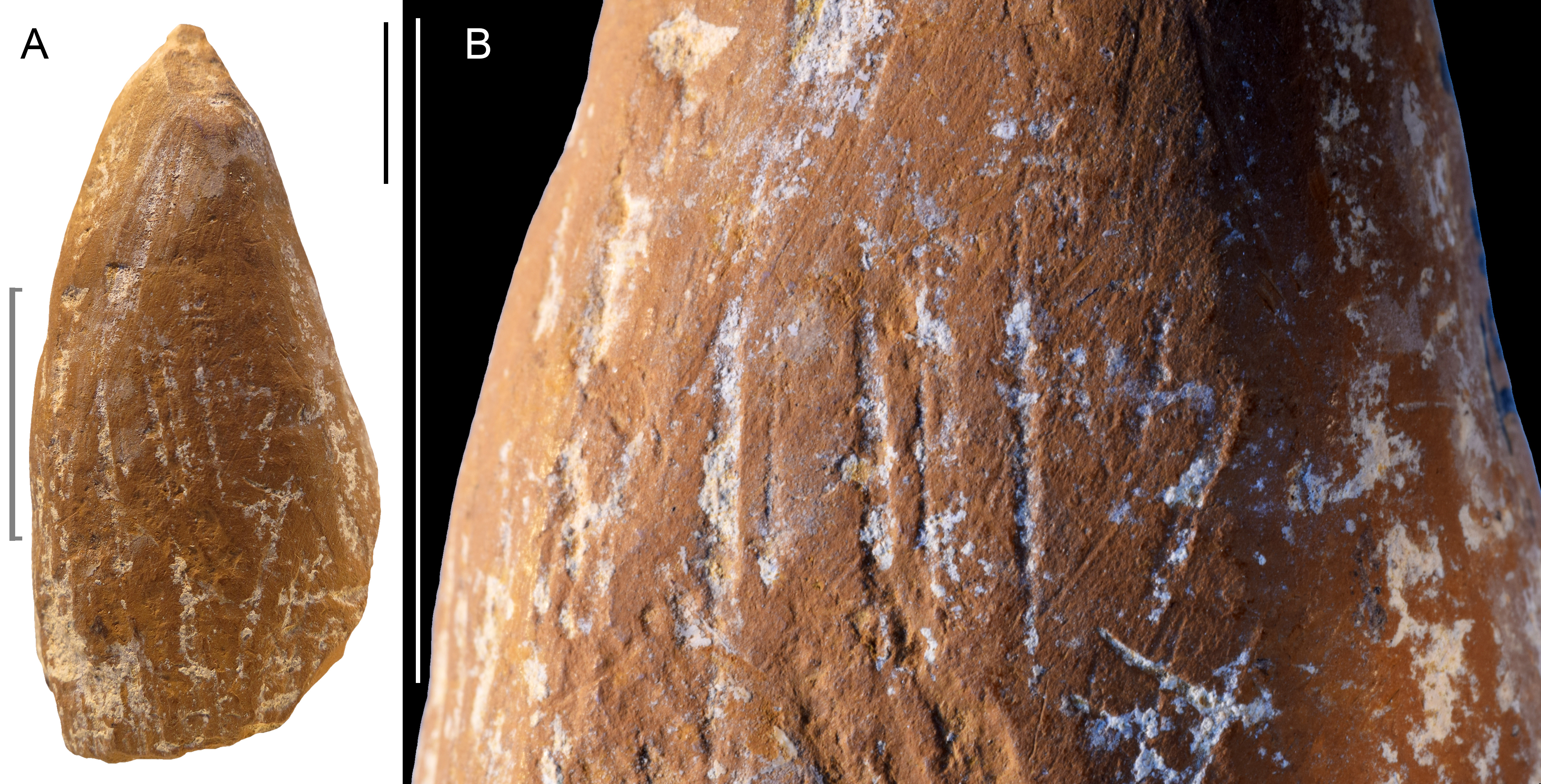Particle physics news, features and articles
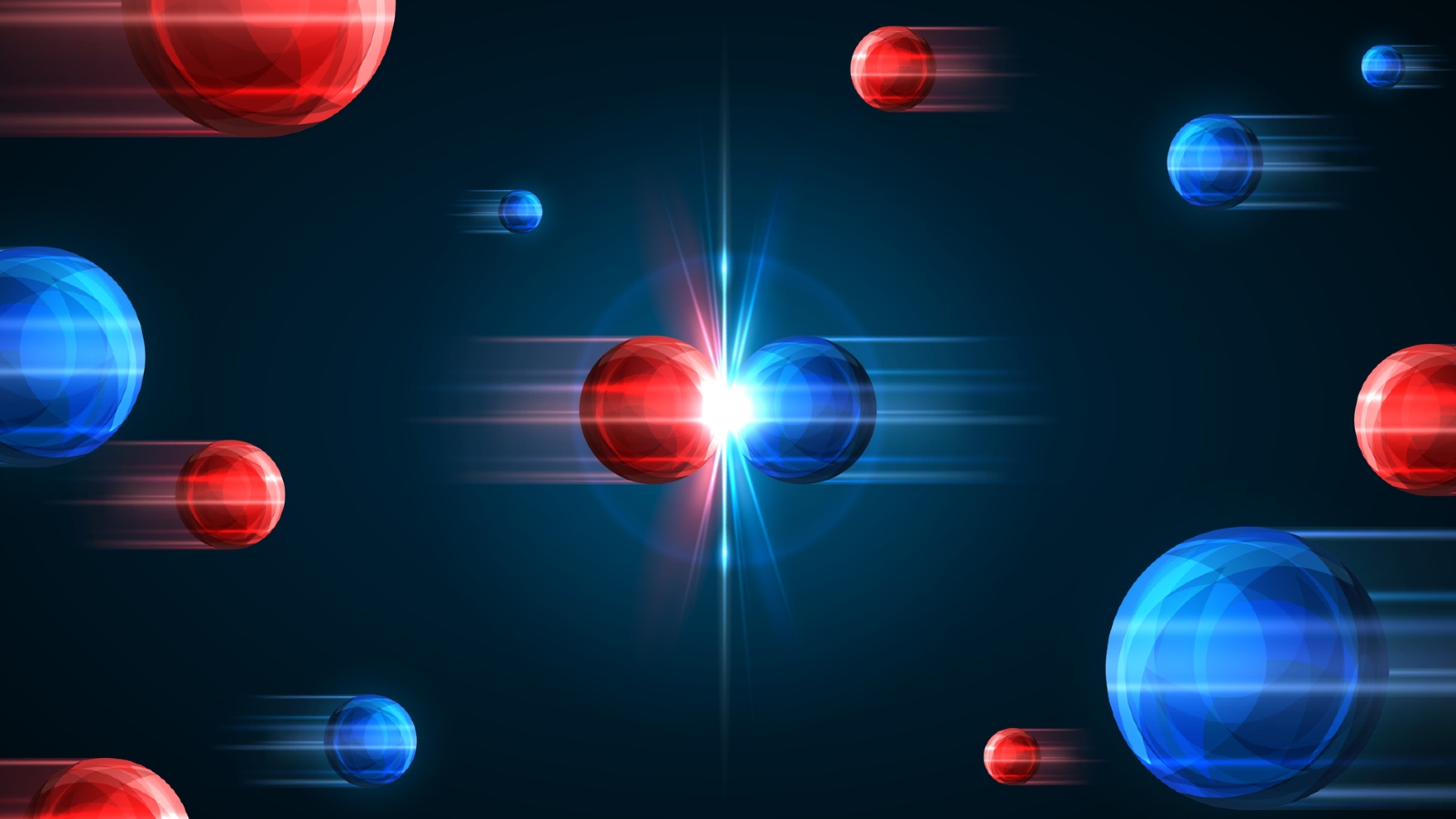
Particle physics is an exciting branch of science that looks at subatomic particles and the fundamental components of matter. Whether it is the hunt for the fabled Higgs boson and other elusive particles, spotting "ghostly" neutrinos or the discovery of an exotic new state of matter, Live Science's expert writers and editors guide you through the biggest discoveries at the tiniest level with the latest news, features and articles about particle physics.
Discover more about particle physics
—Particle physics: Facts about the elementary particles that make up our universe
Latest about Particle Physics
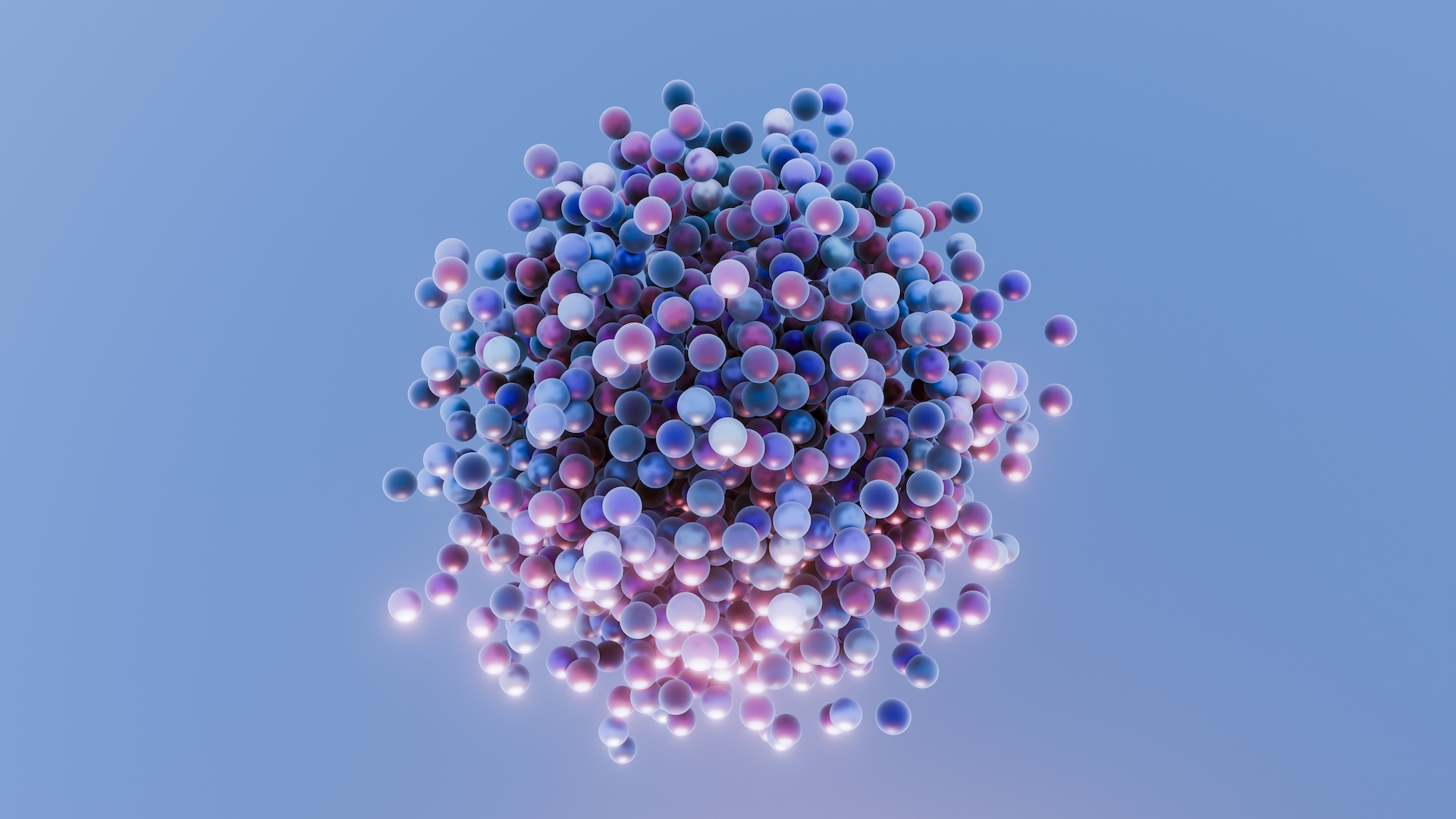
What are the 'magic numbers' in nuclear physics?
By Victoria Atkinson published
Why do some elements decay in minutes, while others last billions of years? Certain "magic numbers" of nuclear particles may make all the difference.
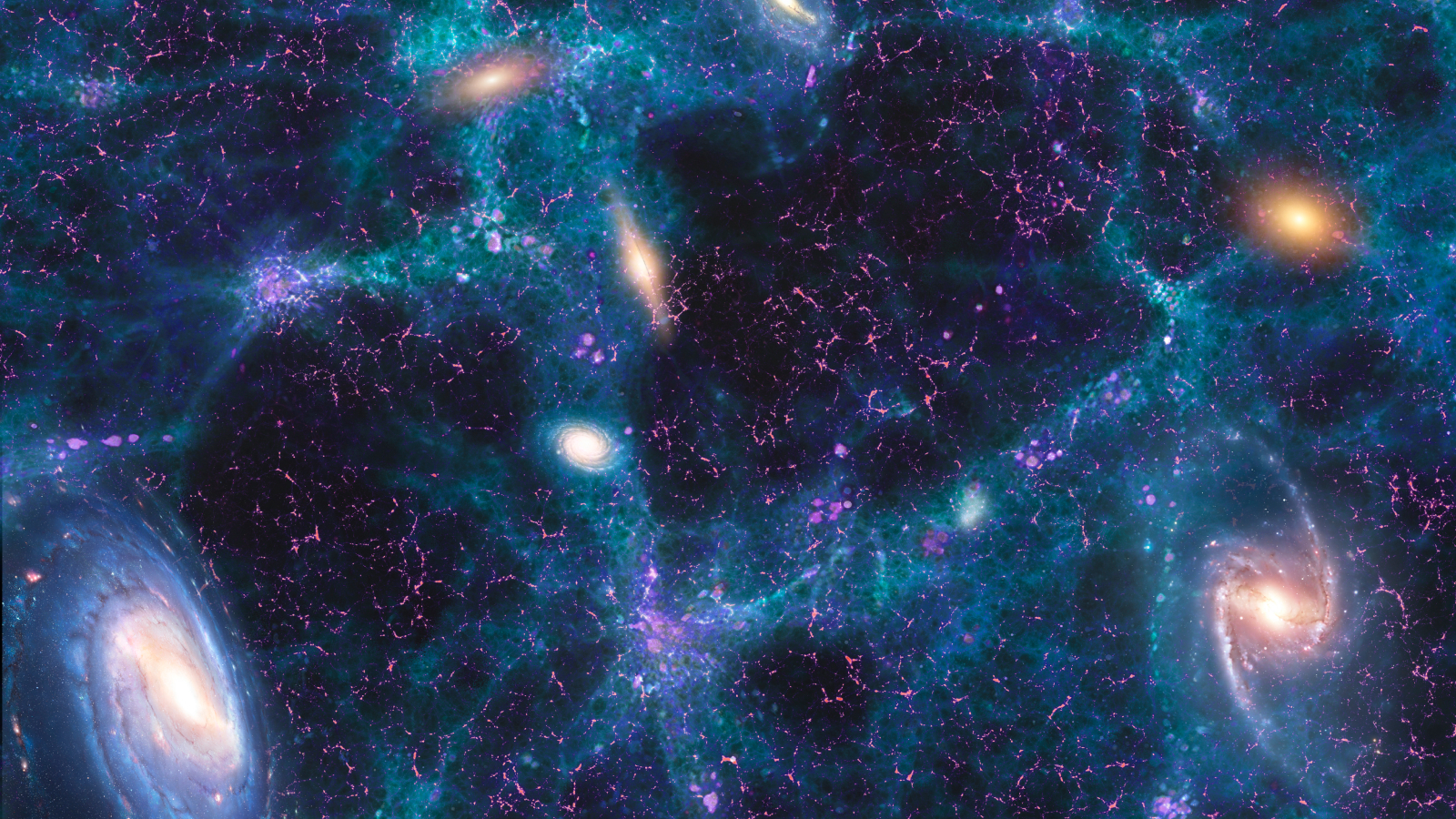
Why does the universe exist?
By Tom Metcalfe published
The universe exists because matter and antimatter are not good friends.
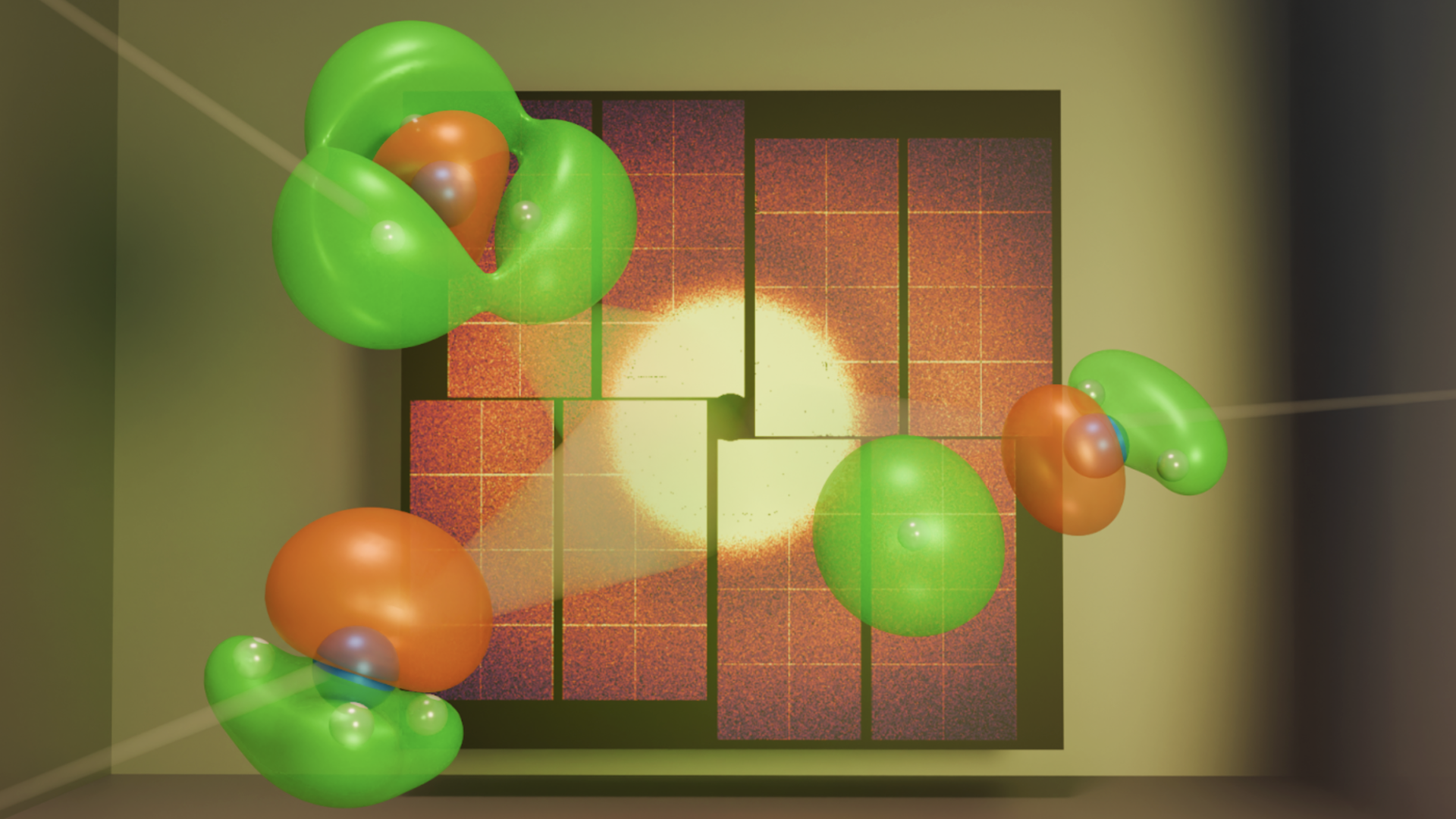
Scientists watch a single electron move during a chemical reaction for first time ever
By Larissa G. Capella published
For the first time, scientists visualized how electrons behave during a chemical reaction, which could help reduce unwanted byproducts in future chemistry.
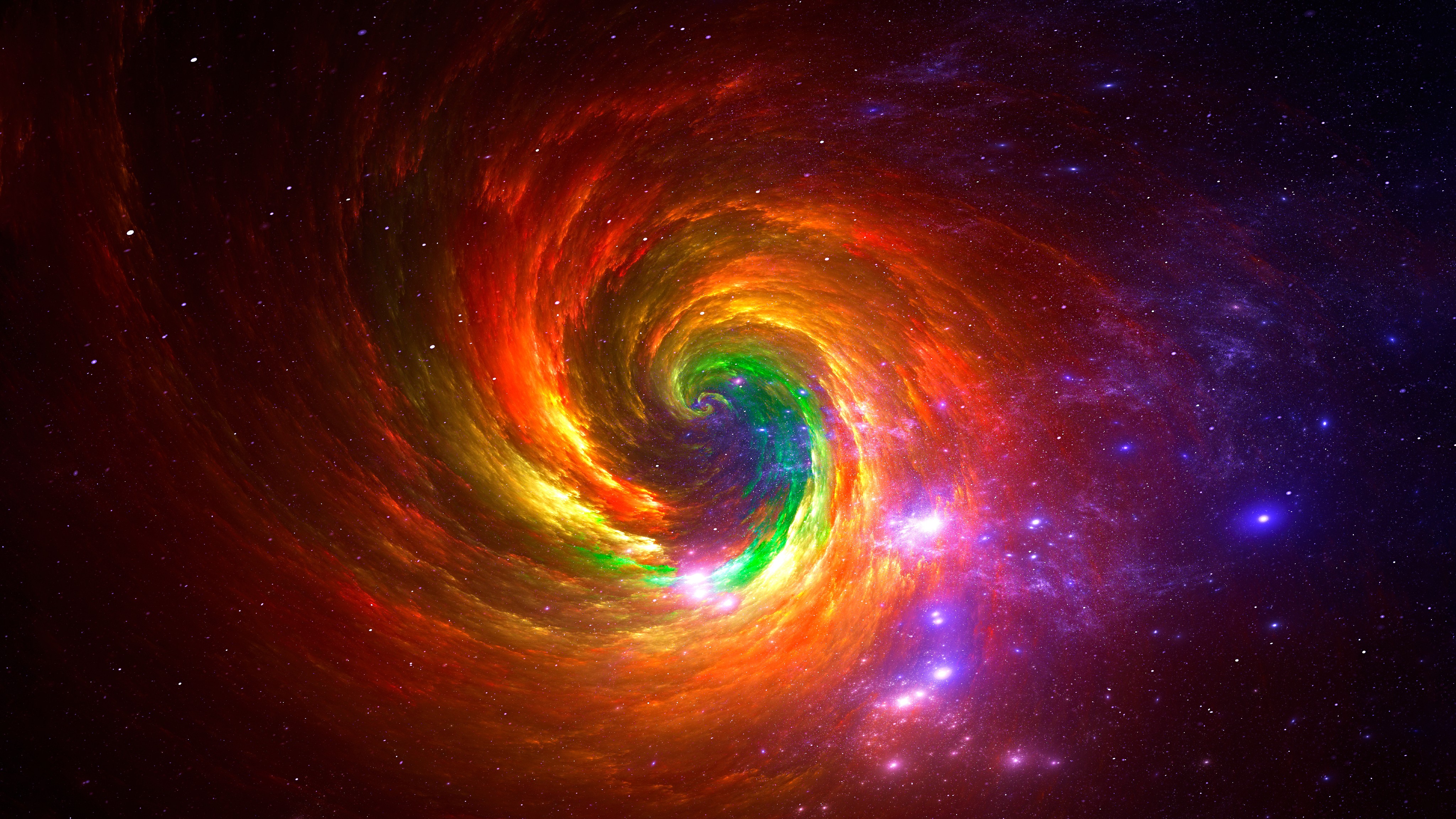
'A bundle of microscopic tornadoes' may be building the cosmic web
By Andrey Feldman published
When invisible dark matter spins, it may form clumps of "vortexes" that stretch across space, forming the cosmic web that links all galaxies, new research proposes.
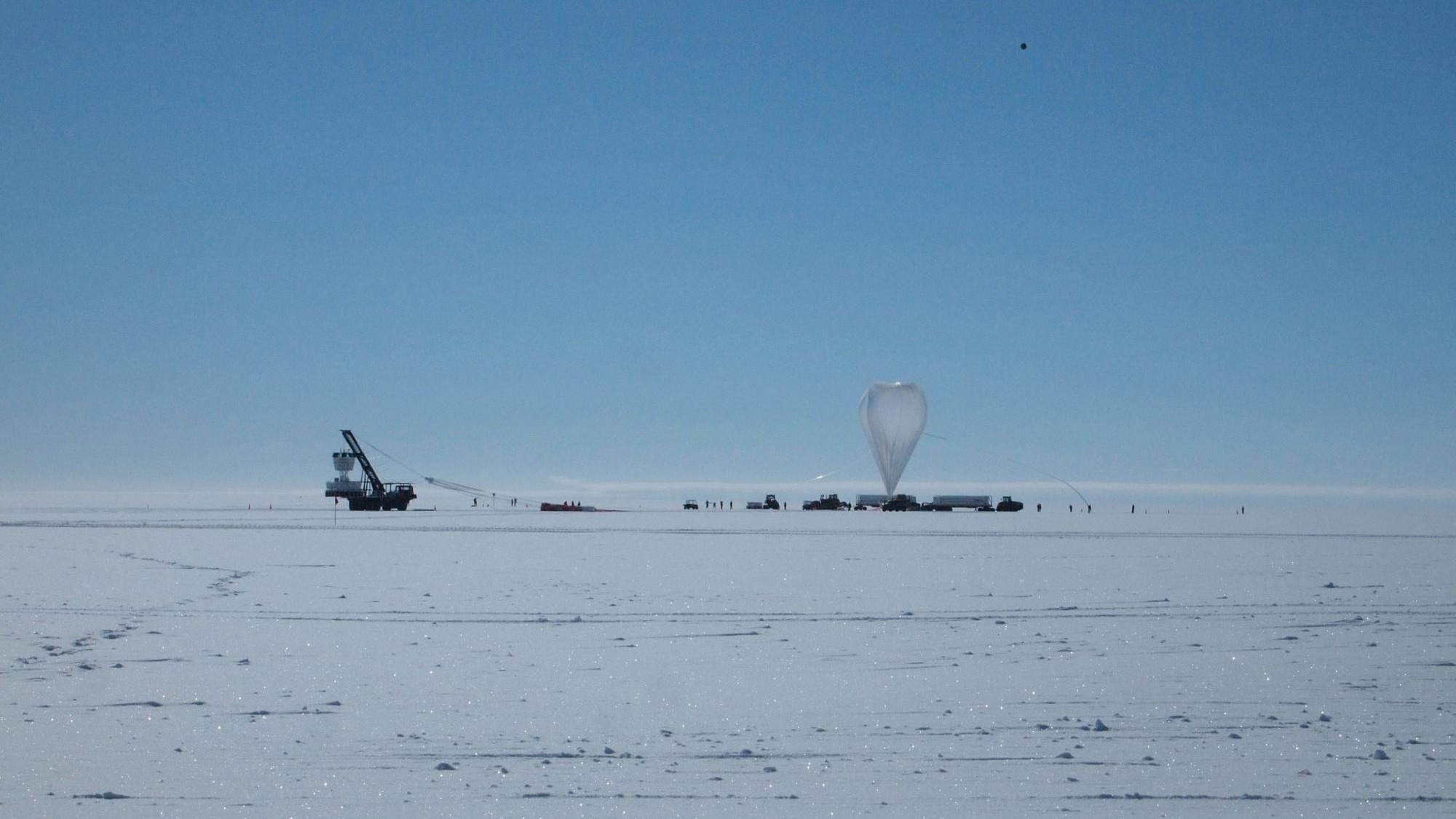
Bizarre radio signals that defy physics detected under Antarctica
By Perri Thaler published
Researchers detected mysterious radio waves in Antarctica that seem to defy the rules of particle physics. Now they're searching for a cause.
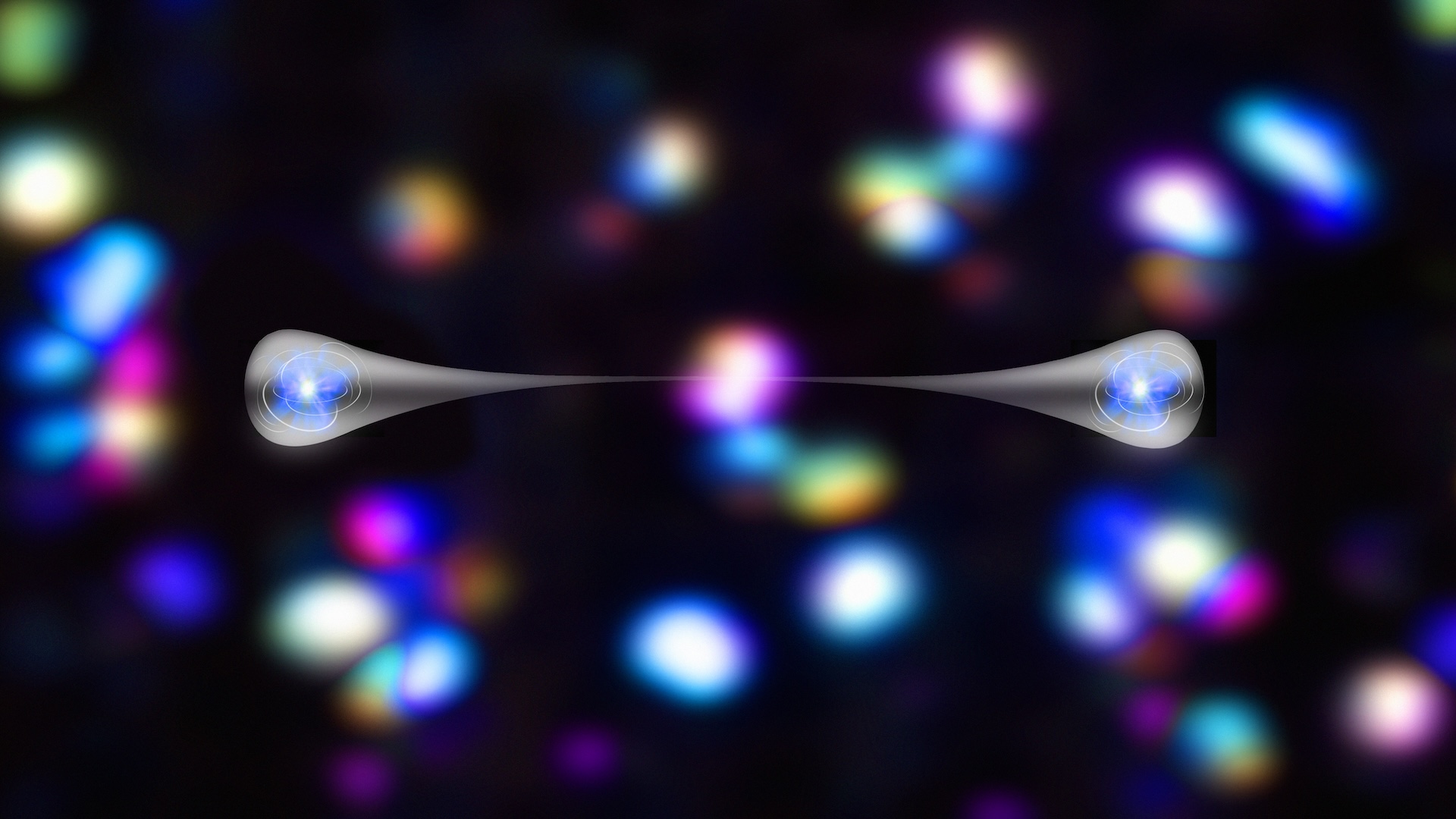
Physicists force atoms into state of quantum 'hyper-entanglement' using tweezers made of laser light
By Alan Bradley published
By controlling individual atoms, researchers have demonstrated a way to turn previously unwanted atomic motion into an advantage.
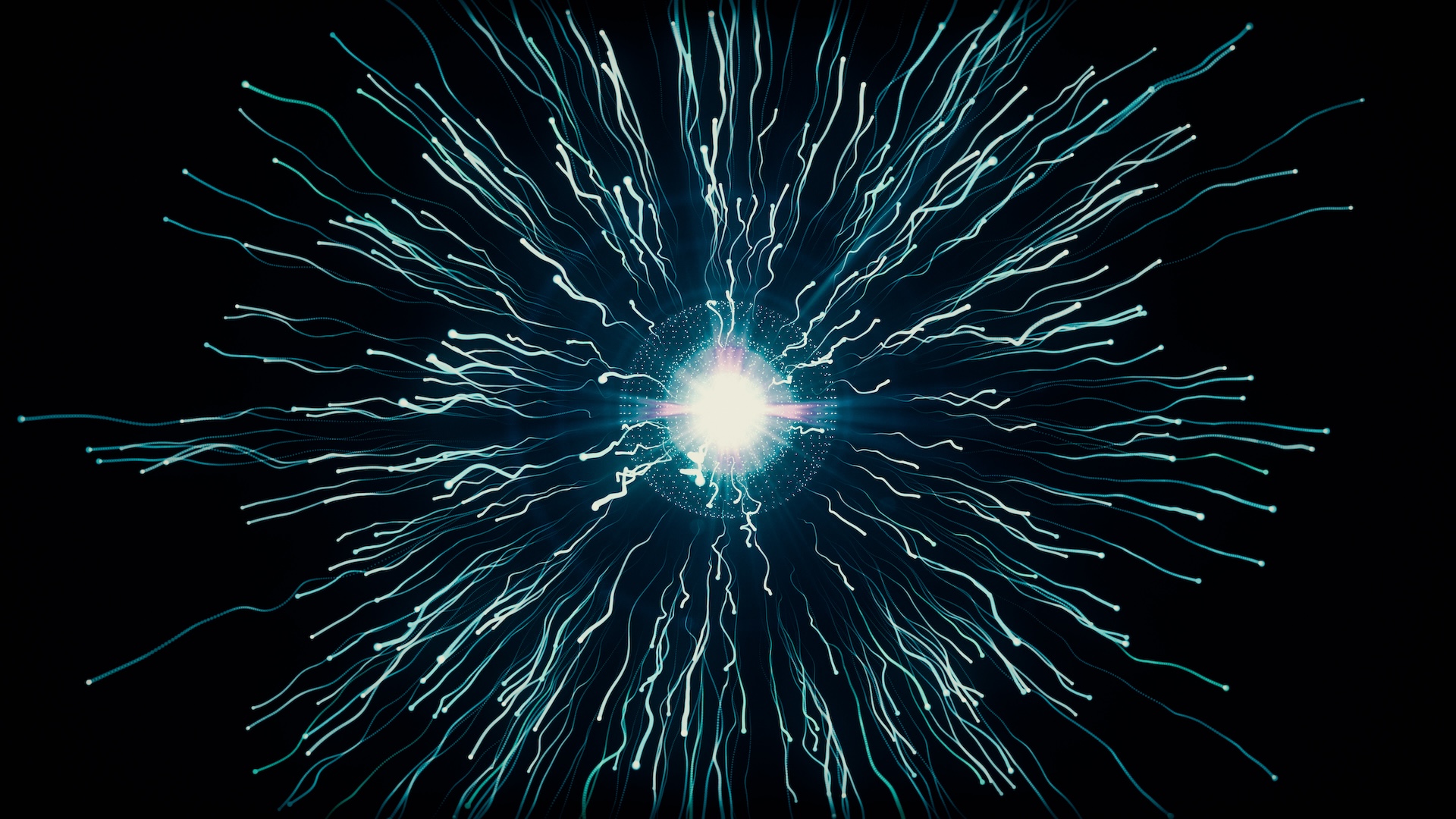
Particle physics: Facts about the elementary particles that make up our universe
By Damien Pine published
Discover the fascinating world of particle physics — the most fundamental building blocks of the universe and the forces that connect them.
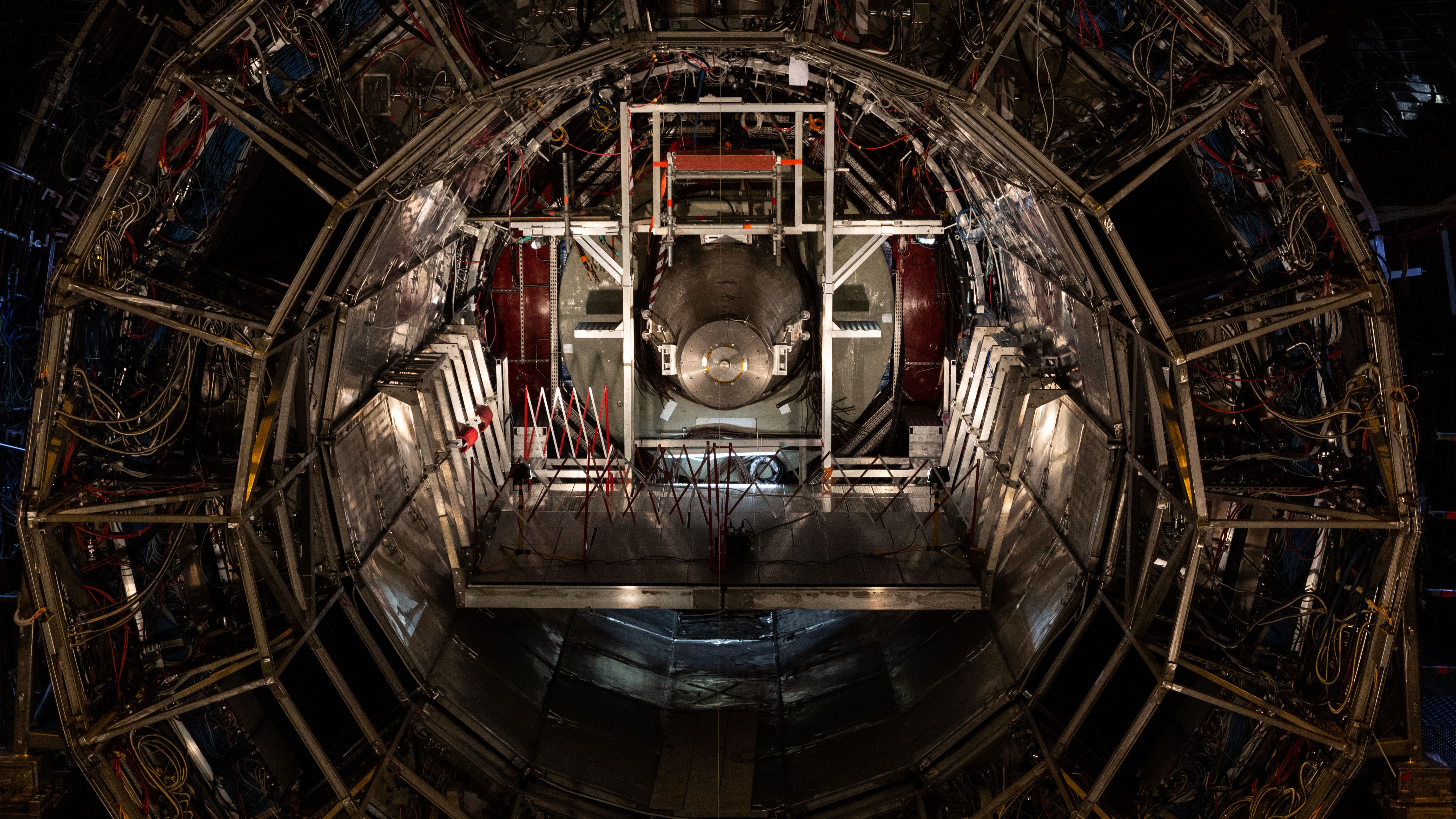
World's largest atom smasher turned lead into gold — and then destroyed it in an instant
By Ben Turner published
The world's largest particle collider produces roughly 89,000 gold nuclei every second, all from smashing lead atoms together at near-light-speed.
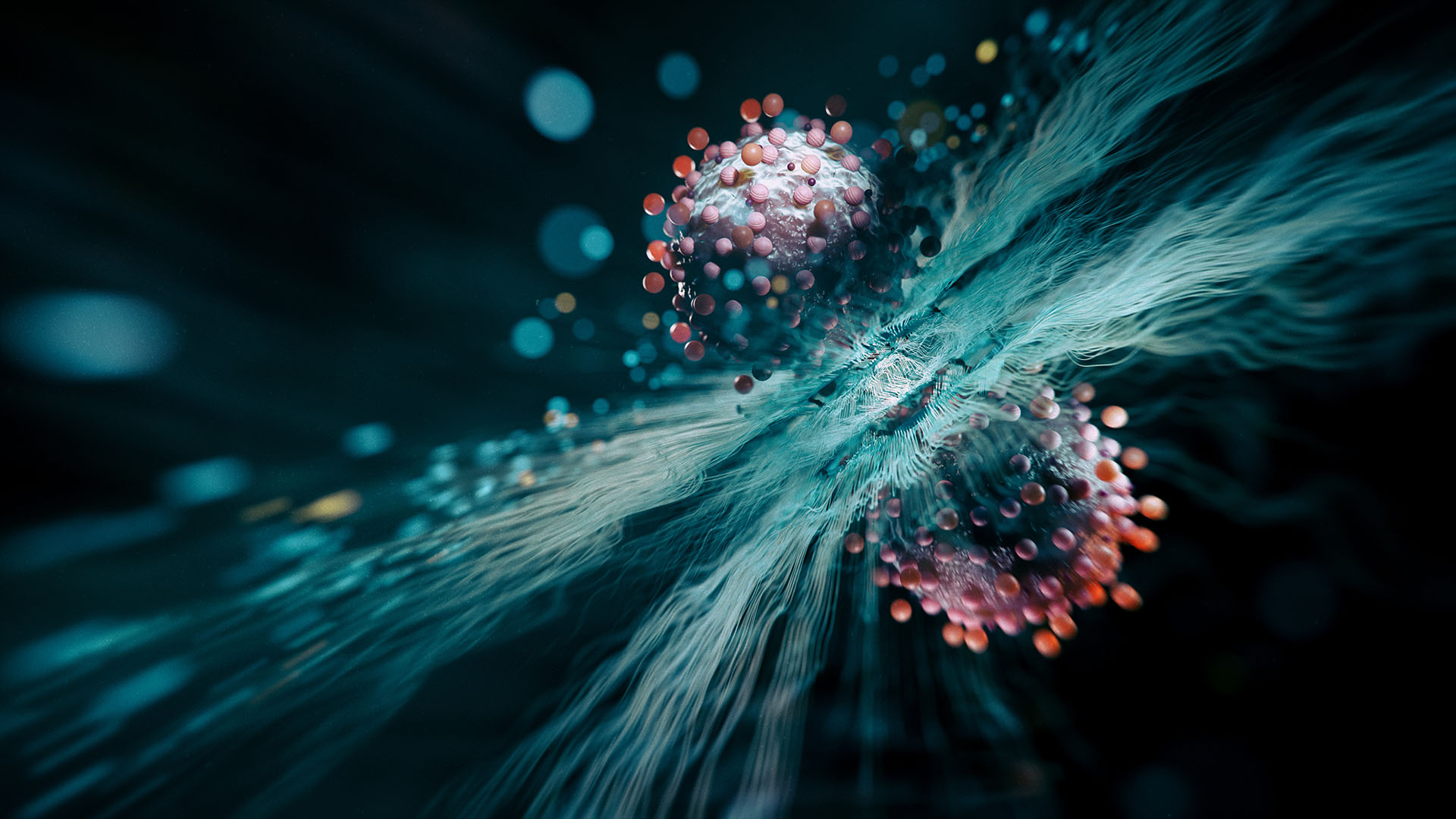
'Beauty' particle discovered at world's largest atom smasher could unlock new physics
By Ben Turner published
Why matter dominates over antimatter in our universe has long been a major cosmic mystery to physicists. A new finding by the world's largest particle collider has revealed a clue.
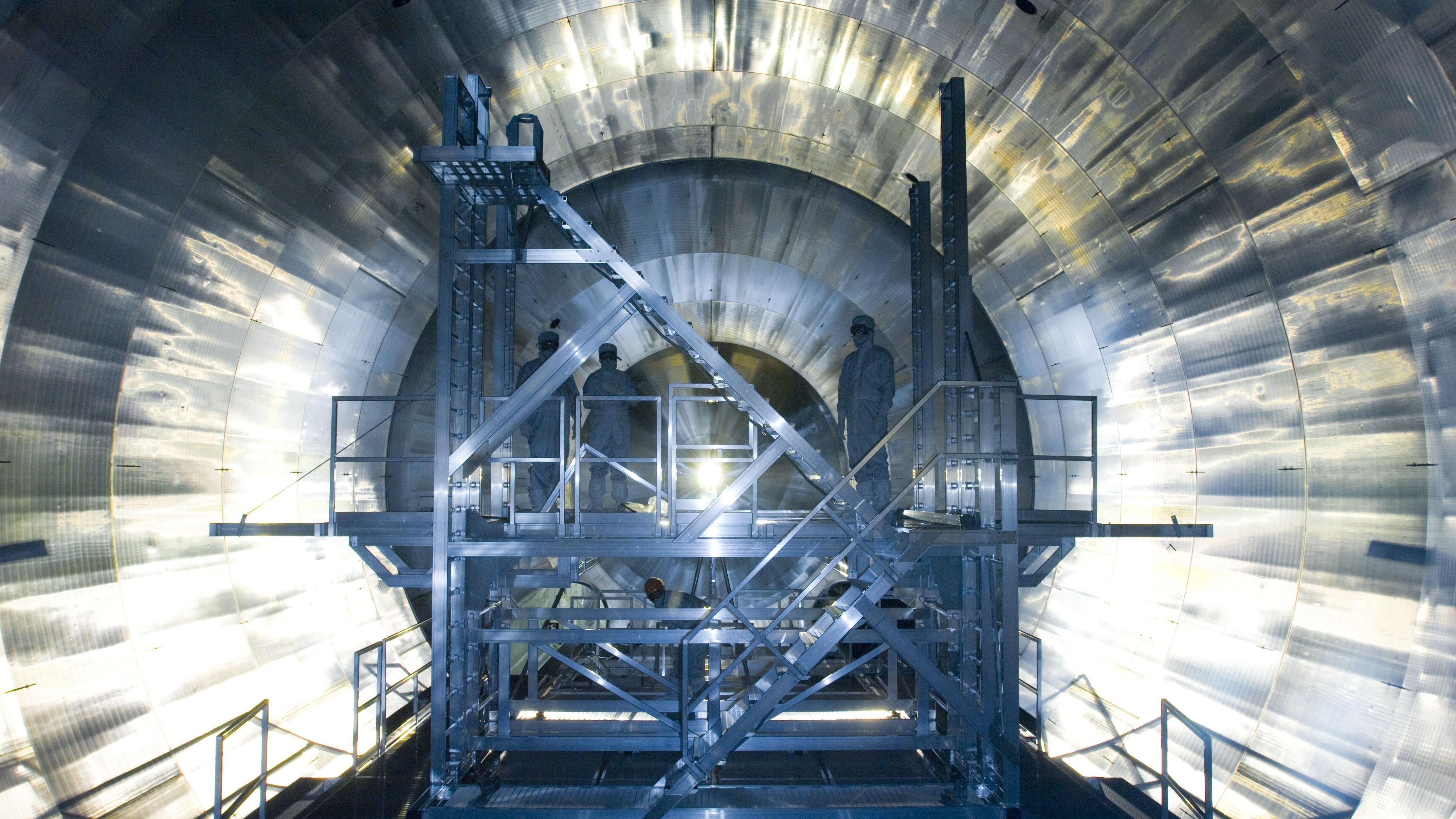
Elusive neutrinos' mass just got halved — and it could mean physicists are close to solving a major cosmic mystery
By Ben Turner published
Physicists have set a new upper limit on the mass of neutrinos. And the finding could poke a big hole in the Standard Model of particle physics.
Get the world’s most fascinating discoveries delivered straight to your inbox.
